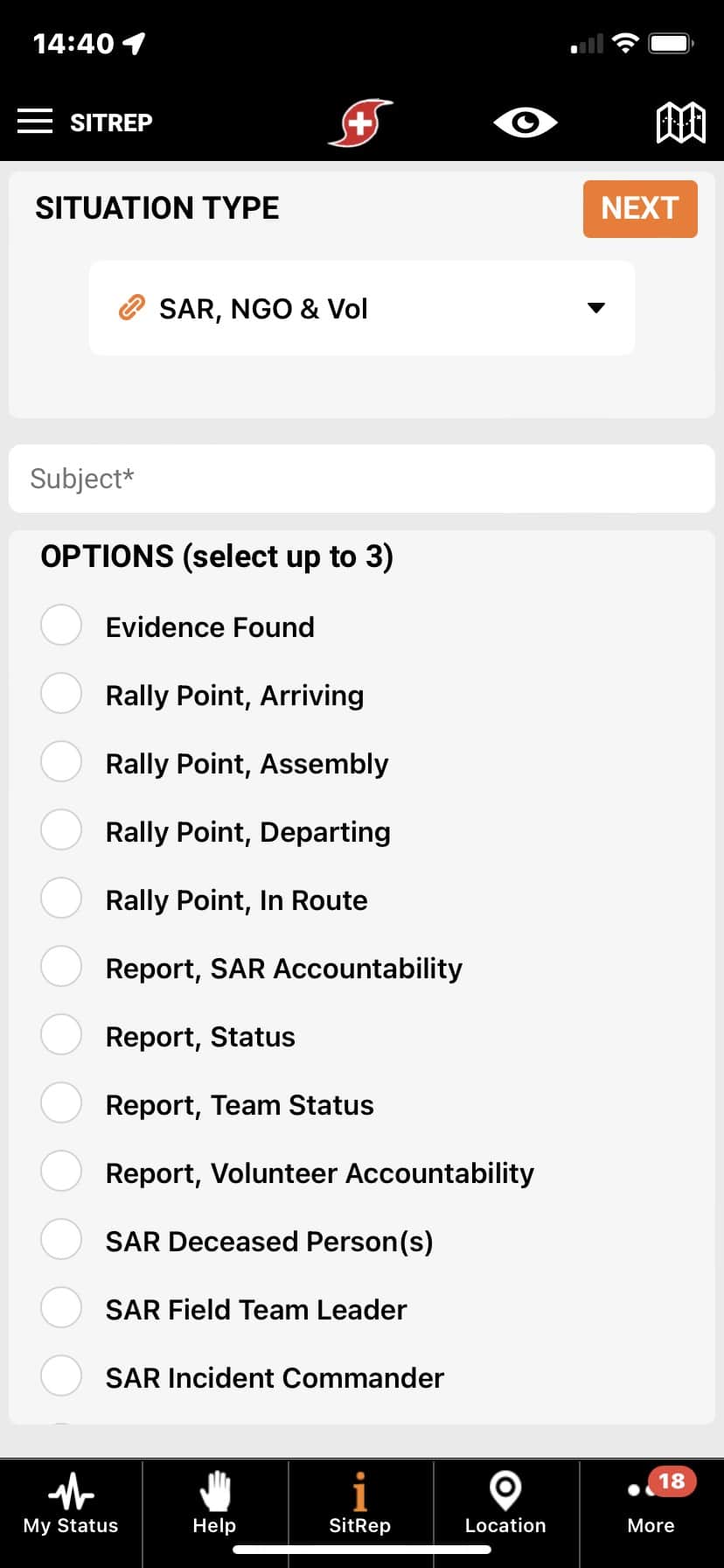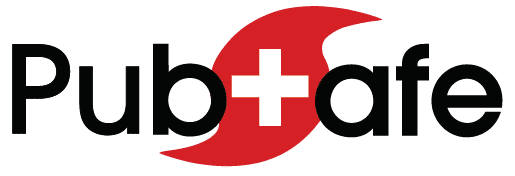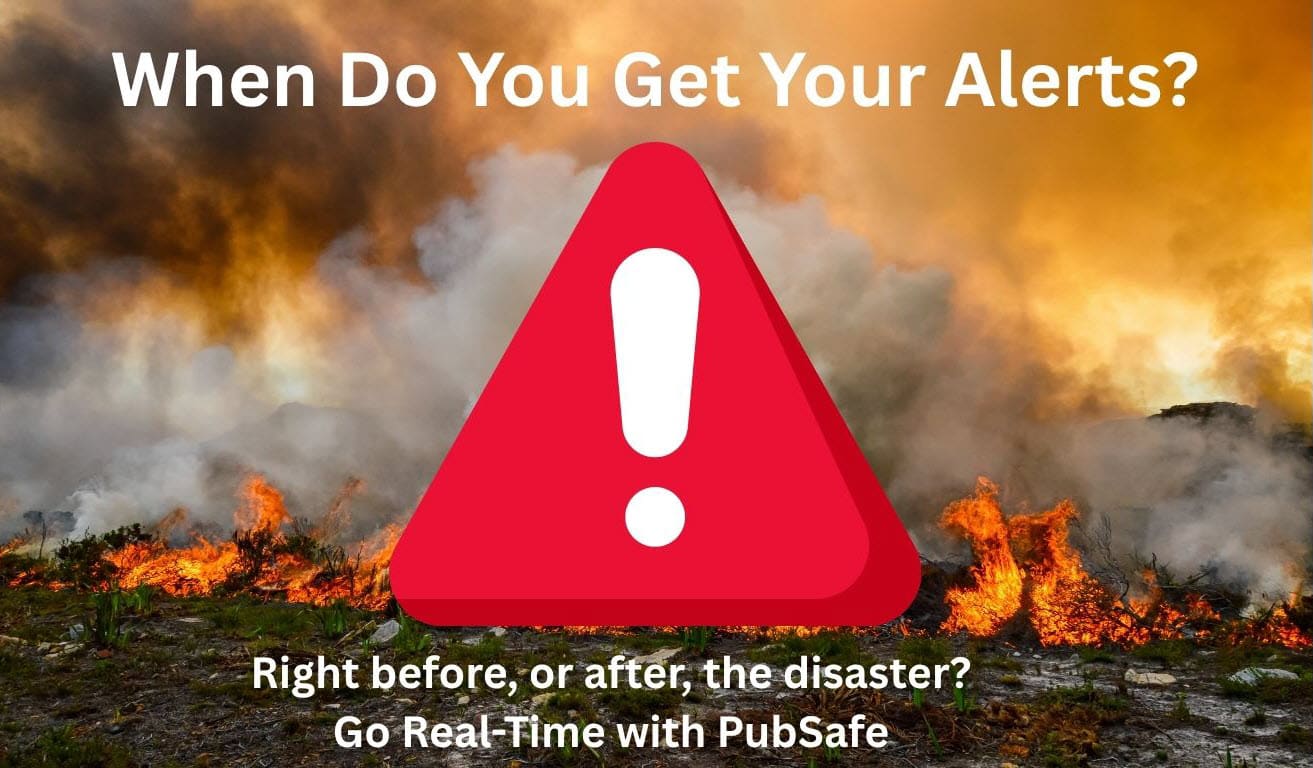Citizen Alerting Could Have Saved Lives in the Lahaina Wildfire
In August 2023, the fast‑moving Lahaina wildfires in Maui became the deadliest U.S. wildfire in over a century—consuming more than 2,170 acres, destroying over 2,207 structures, and tragically claiming at least 102 lives. Communication failures, an overwhelmed alert system, bureaucracy, and cascading power and cell outages left many residents with no real warning and nowhere to turn. Sources
What Went Wrong
-
Despite having the world’s largest outdoor siren network, no sirens were activated for the Lahaina wildfire — residents reported smoke or flames before getting any alerts. Sources
-
Groups claimed cell towers failed across West Maui, cutting off late event emergency texts and leaving people blind to incoming danger. Sources
-
Emergency messaging was limited to social media and Facebook posts, reaching too few people too late. This claim contradicts the cell phone towers failing since cell towers would be needed for social media access. Sources
- In summary, human error and slow government processes cannot operate at the speed needed for real-time disaster alerting.
How PubSafe Would Have Made a Difference
1. Crowdsourced Incident Reporting
Local residents and volunteers could instantly upload geotagged fire observations, mapping flame spread in real time across the town of Lahaina on Maui. This grassroots surveillance would have filled data gaps as official systems lagged behind.
2. Mobile Alerts That Reach Around Failures
PubSafe’s peer-to-peer notification system sends alerts via app—even when cell service is degraded—providing early warnings directly into users’ hands.
3. Location Tracking & Check‑Ins for Safety Accountability
Volunteers, evacuation teams, and residents could use check‑in tools to confirm safety, share exact GPS positions, and request help if cut off—building operational visibility amid chaos.
4. Volunteer Coordination & Dispatch from Anywhere
Trained volunteers and church rescue leaders could be organized through the app and web portal, coordinating efforts and sharing information. Dispatching missions, task assignments, and resource tracking may have made the difference.
5. Centralized Crisis Platform
A unified view and alerts through the mobile app would put communication in the hands of those that needed, those that were living it, in real-time. A few alerts posted to the app would have alerted community members at the first sign of trouble, even before 911 could contact government decision makers. People could have been on the move in minutes, without delays or a failed siren system.
What Could Have Happened
| PubSafe Feature | Scenario in Lahaina |
|---|---|
| Real‑time crowdsourced fire detection | Early reports spot fires igniting near residences before widespread formal alerts issued |
| App-based alerts independent of cell towers | Residents receive evacuation messages even with partial outages |
| Location-based check-ins | Emergency leaders know who’s safe, who’s trapped, and where teams are deployed |
| Digital volunteer dispatch | Local response teams are given precise assignments via app, avoiding physical paperwork bottlenecks |
| Crisis command dashboard | Coordination across NGOs, church groups, and citizens in real time—reducing confusion and duplication |
Lives Saved. Homes Protected. Chaos Reduced
In the frantic hours and days of the Lahaina wildfire firestorm:
-
Fires spreading silently through neighborhoods could have been flagged sooner.
-
At-risk residents—disconnected or with no power—could have received mobile updates even as cell infrastructure collapsed.
-
Volunteers and response leaders could share live status updates, reducing the risk of missing people or sending help to unsafe zones.
-
Data from PubSafe could have supplemented government systems, giving clarity when official alerts failed.
Real Outcomes Imagine via PubSafe
-
Faster evacuations ahead of wind-driven fire surges.
-
Lower casualty rates due to early detection and coordinated rescues by neighbors.
-
Reduced property destruction through proactive community reporting.
-
Resilient coordination even amid infrastructure breakdown.
- Improved evacuation with more lead time.
Even one additional minute of lead time can save lives and mitigate damage in a fast moving firestorm. Lahaina wildfire survivors reported communications blackout and confusion—PubSafe’s decentralized, resilient framework directly addresses those exact vulnerabilities.
In Summary: PubSafe as a Force Multiplier in Disaster Response
The tragedy of the Lahaina fires underscores how fragile emergency systems can be—and how much damage lost communications can do. PubSafe offers a robust citizen‑powered safety net:
-
Distributed alerts independent of singular infrastructure,
-
Real‑time situational tracking by those on the ground,
-
Cross‑sector coordination (NGOs, faith groups, civilians),
-
A user‑centric platform designed for chaos, not for calm.
No technology replaces human bravery—but PubSafe enhances it. By empowering people to see, share, act—and stay connected—PubSafe makes the difference between being overwhelmed and being prepared.



